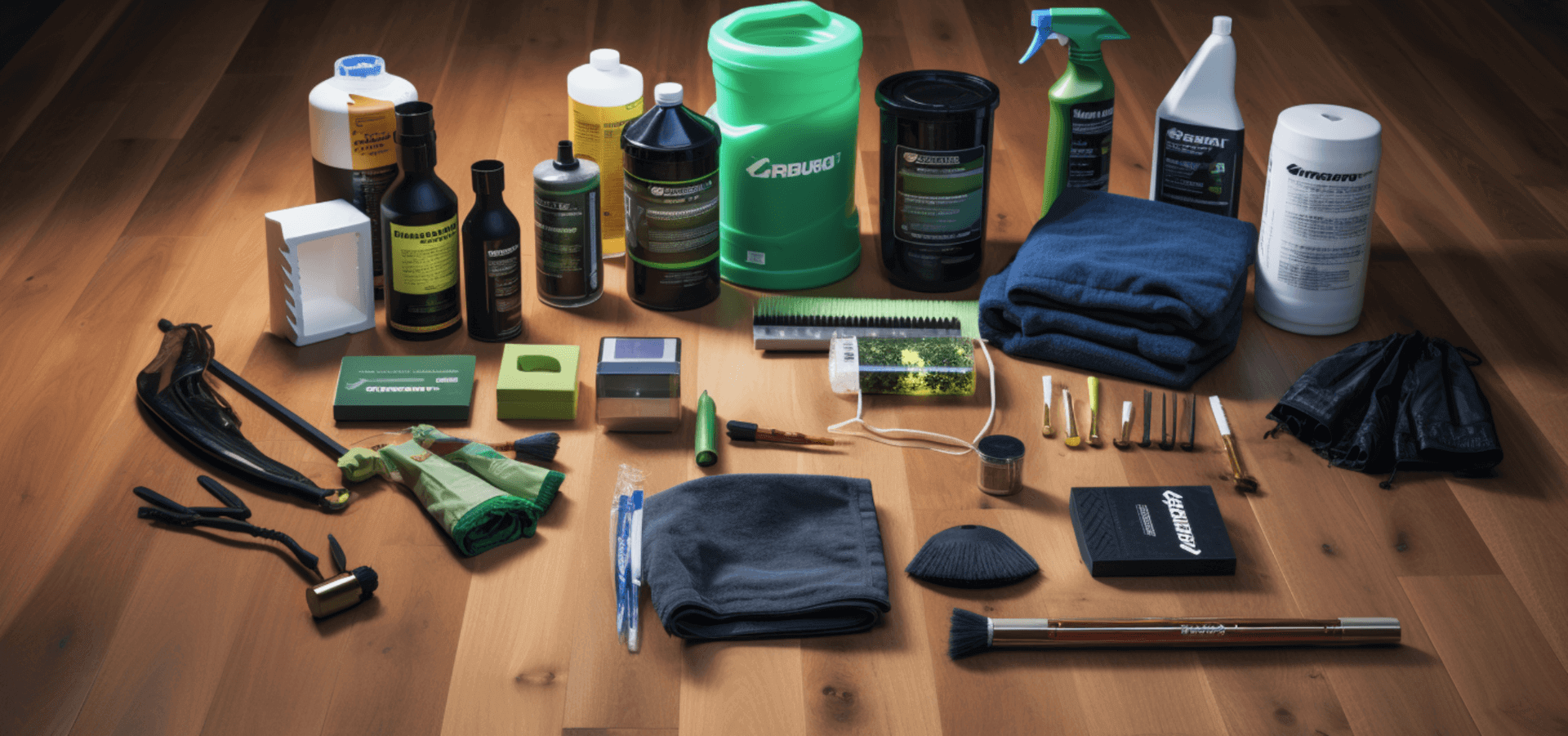Understanding the Basics of an Oiled Floor
An oiled floor is a type of flooring that is treated with a protective oil finish, making it more durable and resistant to wear and tear compared to other types of flooring. What sets it apart is its unique look and feel that cannot be found in other flooring options.
For home owners and business owners, there are several benefits to having an oiled floor. it is highly resistant to scratches and scuffs, making it ideal for high-traffic areas. This durability ensures that the floor maintains its pristine appearance for a longer period of time. Additionally, oiled floors are easy to clean and maintain as they do not require waxing or polishing. This saves time and effort in the long run. oiled floors are water-resistant, making them suitable for areas prone to moisture such as kitchens and bathrooms.
It is important to consider the potential drawbacks of an oiled floor. one drawback is that it can be difficult to repair if it becomes damaged. additionally, matching the color of the flooring when it needs to be replaced can be challenging. oiled floors can be more expensive compared to other types of flooring due to the additional materials and labor required for installation.
The Importance of Regular Maintenance for an Oiled Floor
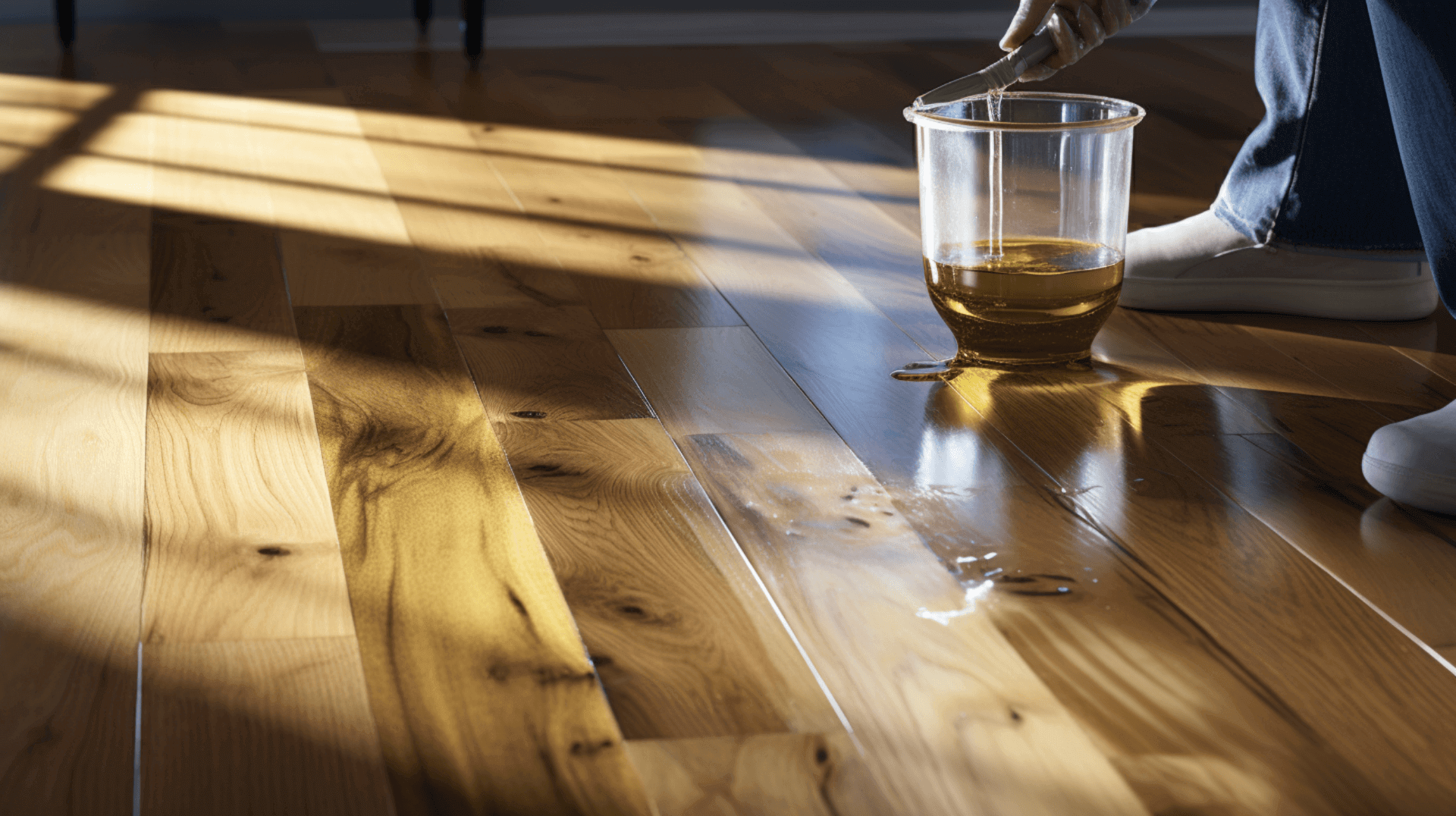
Regular maintenance is essential for an oiled floor to ensure that it remains in good condition and lasts for a long time. Home owners and business owners should be aware of the importance of regular maintenance for an oiled floor in order to extend its lifespan and keep it looking its best.
Regular maintenance helps to protect the floor from dirt, dust, and other debris that can accumulate over time. This helps to keep the floor looking clean and prevents the build-up of dirt and grime that can cause damage to the floor. Additionally, regular maintenance helps to protect the floor from scratches and scuffs, as well as other forms of wear and tear. This helps to keep the floor looking its best and prevents it from becoming damaged.
Regular maintenance also helps to extend the lifespan of an oiled floor. By regularly cleaning and maintaining the floor, it is less likely to become damaged or worn down over time. This helps to ensure that the floor remains in good condition for a longer period of time.
Neglecting regular maintenance can have serious consequences for an oiled floor. Without regular maintenance, dirt and debris can accumulate on the floor, leading to scratches and scuffs. Additionally, the floor can become dull and lose its luster. Over time, neglecting regular maintenance can cause the protective oil finish to wear off, leaving the floor vulnerable to damage and reducing its lifespan.
Preparing Your Oiled Floor for Maintenance
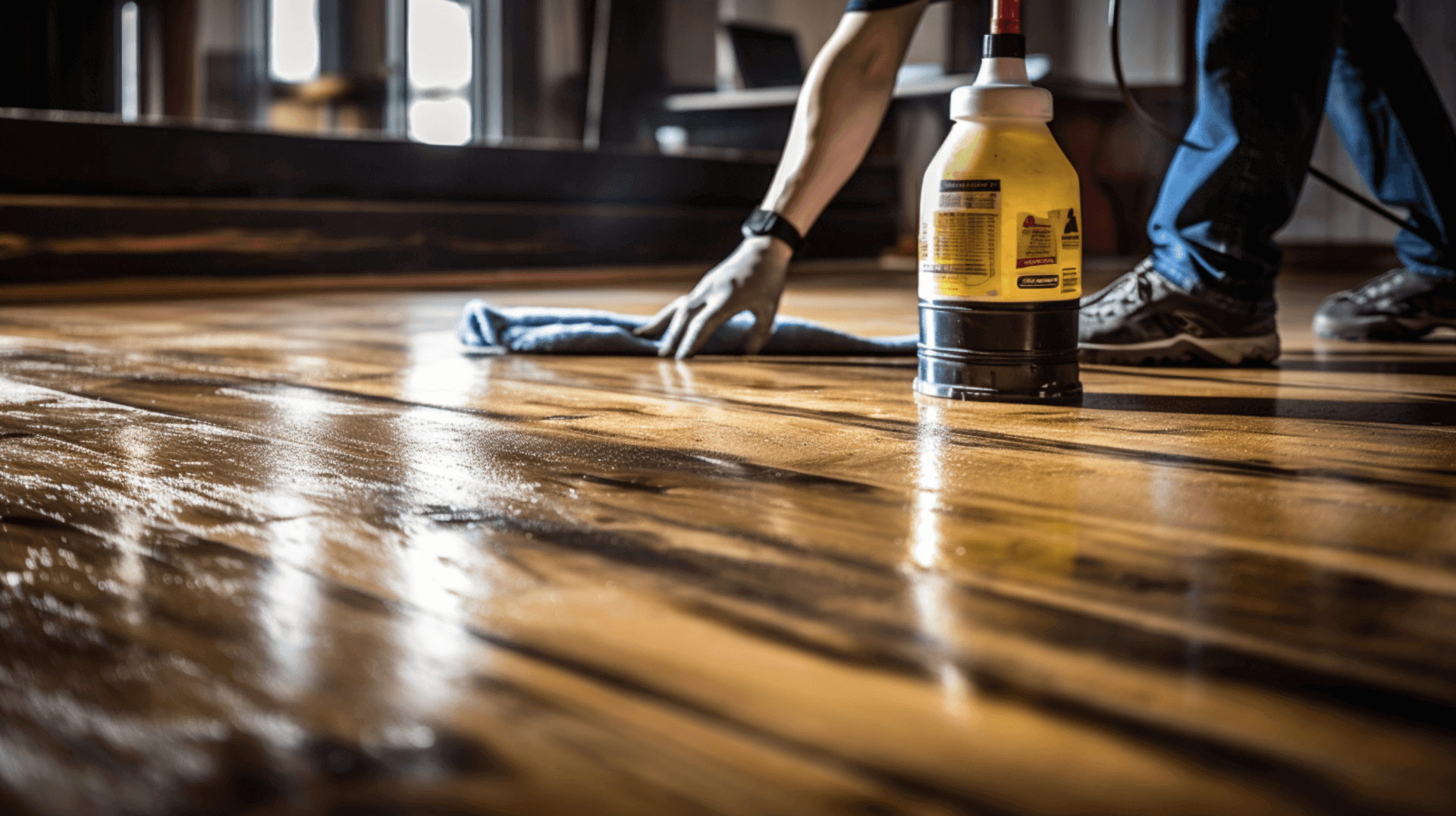
Preparing an oiled floor for maintenance is an important step in ensuring that the floor remains in good condition and lasts for a long time. Home owners and business owners should be aware of the steps that need to be taken to prepare an oiled floor for maintenance.
The first step is to remove any furniture or other items from the floor. This will ensure that the floor is clear and ready for maintenance. Additionally, it is important to vacuum the floor to remove any dirt and debris that may have accumulated. This will help to ensure that the floor is clean and ready for maintenance.
The next step is to gather the necessary materials and tools for the maintenance process. This includes a mop, bucket, cleaning solution, and a soft cloth. It is important to use a cleaning solution that is specifically designed for oiled floors. Additionally, it is important to use a soft cloth to avoid scratching the floor.
Before starting the maintenance process, it is important to visually assess the type of floor to be maintained. This may involve lifting furniture to check for signs of rot or decay, as well as checking for any significant cracks, splits, or missing fixings. It is also important to check the moisture content of the timbers and ensure that the floor is dry before proceeding with maintenance.
When preparing an oiled floor for maintenance, it is crucial to consider safety precautions. Wear protective gloves and a face mask to avoid coming into contact with any cleaning solutions. Additionally, ensure that the room is well-ventilated to prevent the inhalation of any fumes. Taking these safety precautions helps to protect your health during the maintenance process.
The Right Cleaning Techniques for an Oiled Floor

Cleaning an oiled floor is an important part of maintaining its condition and extending its lifespan. Home owners and business owners should be aware of the right cleaning techniques for an oiled floor in order to keep it looking its best.
When cleaning an oiled floor, it is important to use the right cleaning products. It is best to use a cleaning solution that is specifically designed for oiled floors. This will help to ensure that the floor is properly cleaned without damaging the protective oil finish. Additionally, it is important to use a soft cloth or mop to avoid scratching the floor.
Before cleaning an oiled floor, it is important to visually assess the type of floor to be maintained. This may involve lifting furniture to check for signs of rot or decay, as well as checking for any significant cracks, splits, or missing fixings. It is also important to measure the moisture content of the timbers to ensure that it does not exceed 20%. High levels of moisture can lead to the risk of decay and infestation.
When preparing an oiled floor for maintenance, it is crucial to consider safety precautions. Wear protective gloves and a face mask to avoid coming into contact with any cleaning solutions. Additionally, ensure that the room is well-ventilated to prevent the inhalation of any fumes. Taking these safety precautions helps to protect your health during the cleaning process.
The Process of ReOiling Your Floor
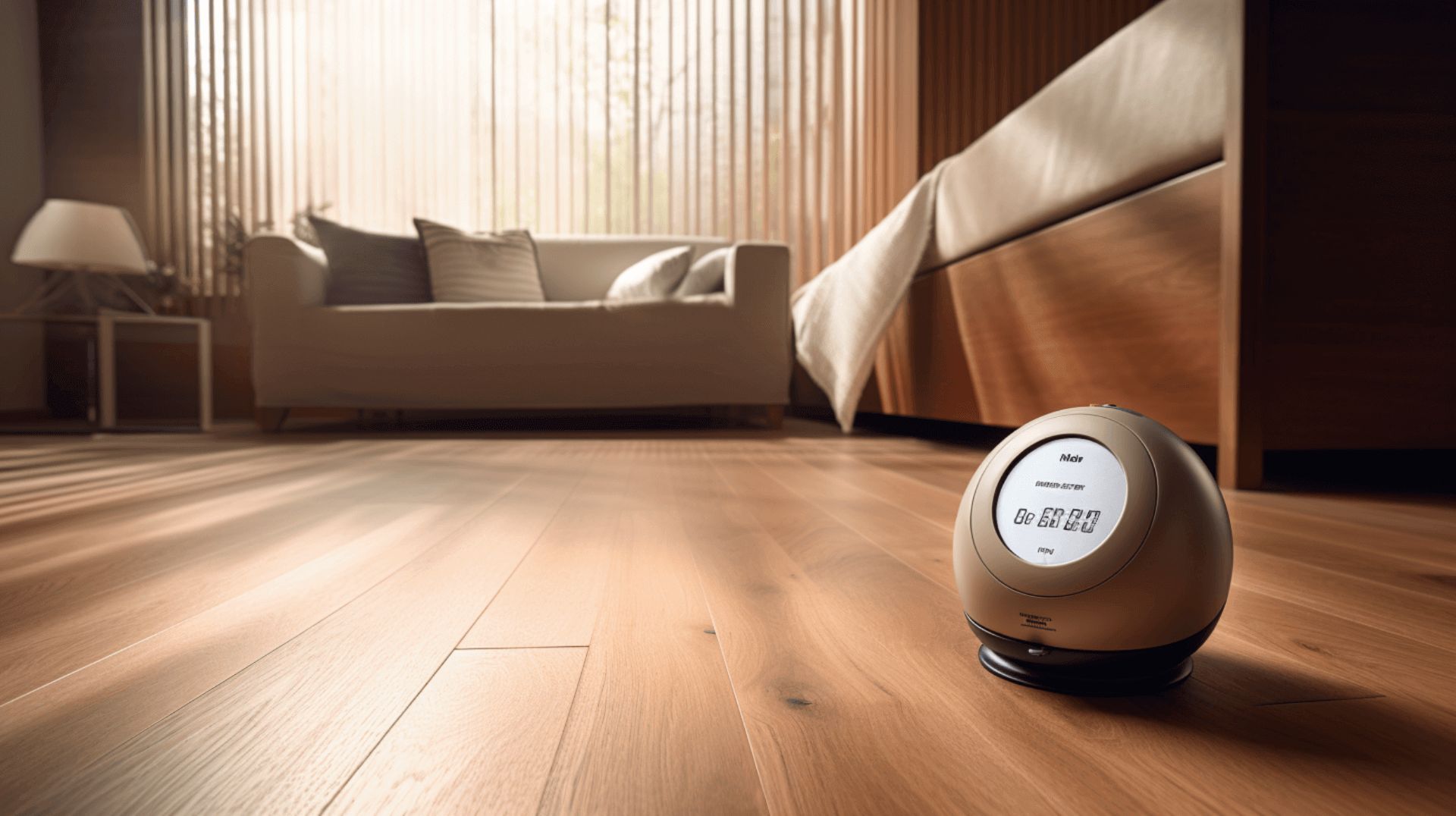
Reoiling an oiled floor is an important part of maintaining its condition and extending its lifespan. Home owners and business owners should be aware of the process of reoiling an oiled floor in order to keep it looking its best.
Before reoiling an oiled floor, it is important to visually assess the type of floor to be maintained. This may involve lifting furniture to check for signs of rot or decay, as well as checking for any significant cracks, splits, or missing fixings. It is also important to measure the moisture content of the timbers to ensure that it does not exceed 20%. High levels of moisture can lead to the risk of decay and infestation. Additionally, it is important to check for any water or condensate pipes in the sub-floor voids, as these will need to be considered in the design or installation of insulation. Any repairs that are needed should be carried out before reoiling the floor.
An oiled floor should be reoiled every two to three years, depending on the amount of traffic it receives. Regular reoiling helps to protect the floor from dirt, dust, and other debris that can accumulate over time. It also helps to protect the floor from scratches, scuffs, and other forms of wear and tear. Reoiling is especially important to protect the floor from UV/sun exposure, which can result in color differences in the wood floor.
To reoil the floor, start by cleaning it thoroughly using a mop, bucket, and cleaning solution specifically designed for oiled floors. Use a soft cloth or mop to avoid scratching the floor. Once the floor is clean, allow it to dry completely before proceeding with the reoiling process.
Apply the oil using a brush or roller, following the manufacturer’s instructions. Ensure that the oil is applied evenly and in the direction of the wood grain. Allow the oil to penetrate the wood for the recommended amount of time, typically around 15-30 minutes. After the oil has penetrated, remove any excess oil with a clean cloth. Allow the floor to dry completely before walking on it or placing furniture back in the room.
When reoiling an oiled floor, it is important to use a high-quality oil specifically designed for oiled floors. Some recommended products include [insert product names]. These oils provide excellent protection and enhance the natural beauty of the wood.
Protecting Your Oiled Floor from Damage

Protecting an oiled floor from damage is crucial for maintaining its condition and extending its lifespan. Homeowners and business owners can take several steps to ensure their oiled floors are well-protected.
Using floor protectors is an excellent way to minimize damage caused by furniture and pet claws. These protectors, typically made of rubber or plastic, come in various shapes and sizes. Placing them under furniture legs and pet beds can significantly reduce the risk of scratches and dents. Additionally, using furniture coasters or glides can further reduce friction and prevent damage.
When moving furniture, it’s important to lift it instead of dragging it across the floor. This simple practice can prevent scratches and dents that may occur during movement. Adequate ventilation is also crucial to prevent the risk of premature rot and decay. Installing vents or grilles in the walls or floor, or ensuring proper rendering, can help maintain a healthy environment for the oiled floor.
In addition to these measures, it’s important to regularly clean the floor and remove any dirt or debris that may cause scratches. Using a soft cloth or mop and a cleaning solution specifically designed for oiled floors will help maintain the floor’s protective oil finish.
By following these steps and taking proactive measures, homeowners and business owners can effectively protect their oiled floors from damage caused by furniture, pets, and everyday wear and tear. This will help preserve the floor’s beauty and ensure its longevity.
Dealing with Common Problems in Oiled Floors
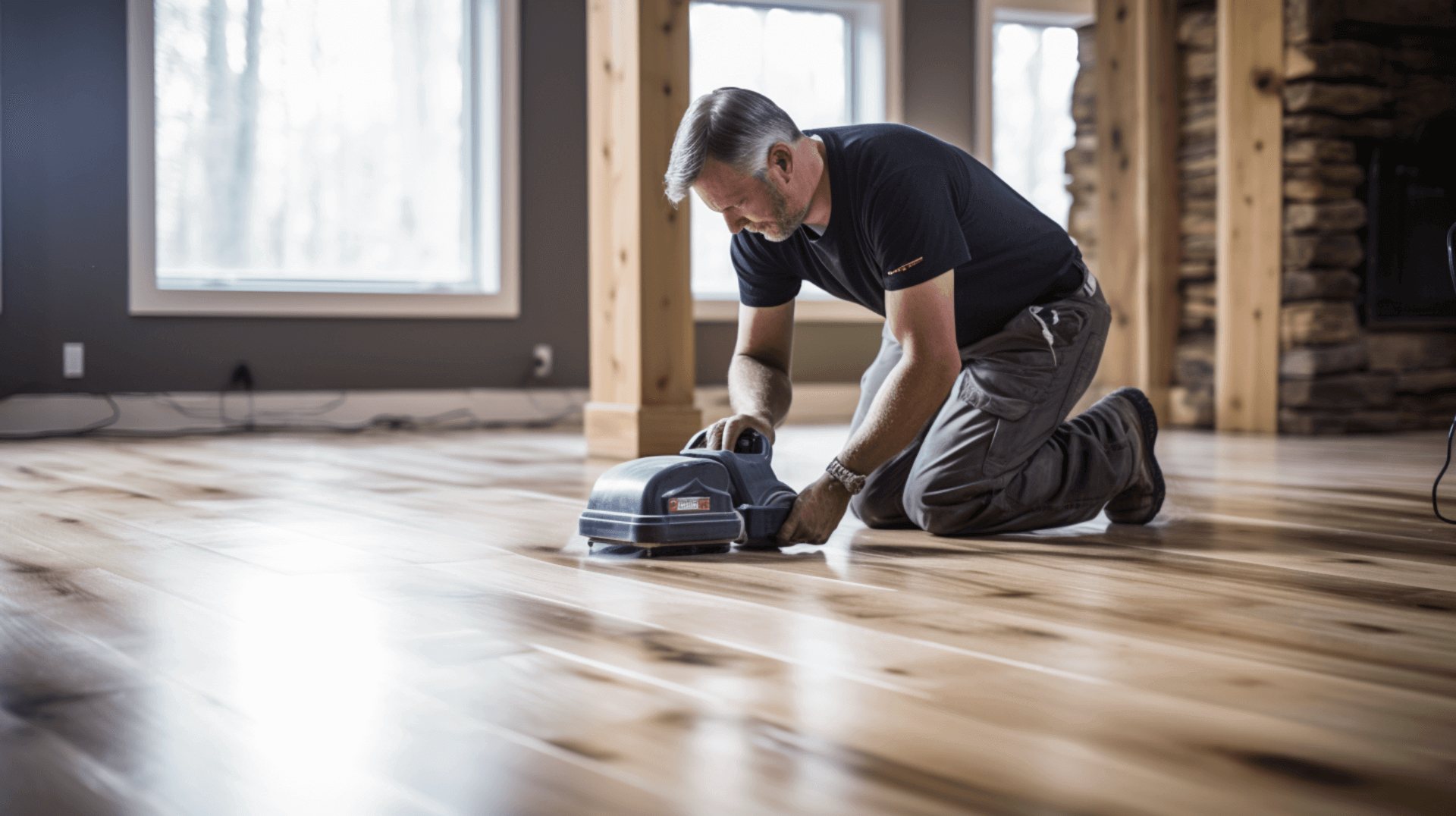
Oiled floors are a popular choice for many homeowners and business owners, but they can be prone to certain problems. Understanding the most common issues and taking preventive measures can help protect the floor and ensure its longevity.
One of the most common problems encountered with oiled floors is water damage. This can occur due to spills, leaks, or inadequate ventilation. To prevent water damage, it is important to clean up any spills immediately and ensure that the floor is properly ventilated. Additionally, it is important to check for any water or condensate pipes in the sub-floor voids, as these will need to be considered in the design or installation of insulation. Any repairs that are needed should be carried out before reoiling the floor.
Scratches and dents caused by furniture and pet claws are another common problem. To minimize this type of damage, it is important to use floor protectors and furniture coasters or glides. These can help reduce friction and prevent scratches. When moving furniture, it is important to lift it instead of dragging it across the floor to avoid causing scratches or dents.
In addition to these common problems, it is important to regularly clean the floor and remove any dirt or debris that may cause scratches. Using a soft cloth or mop and a cleaning solution specifically designed for oiled floors will help maintain the floor’s protective oil finish.
By taking these preventive measures and addressing common problems promptly, homeowners and business owners can keep their oiled floors in excellent condition for years to come.
The Role of Room Climate in Maintaining an Oiled Floor
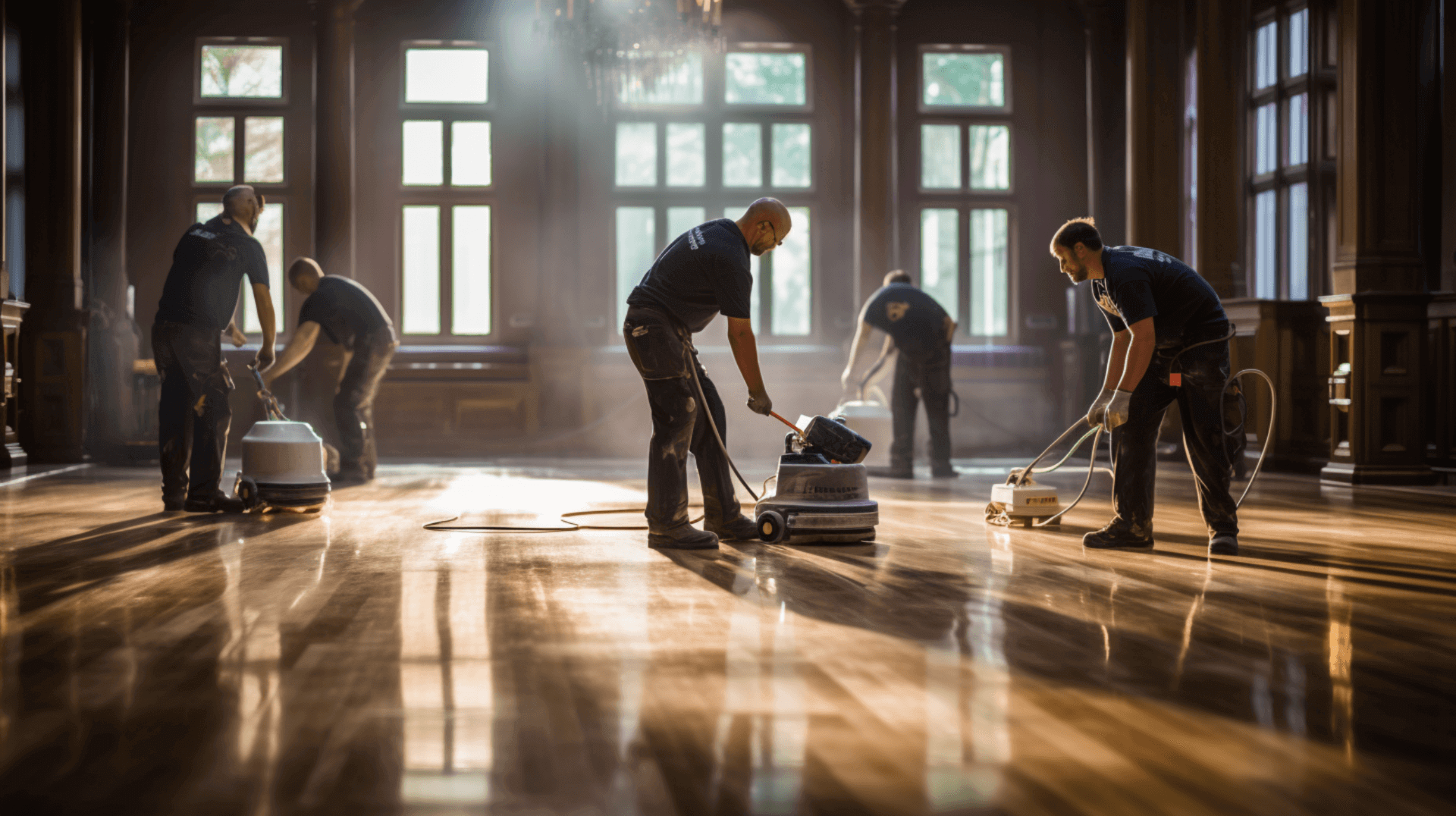
The ideal room climate for an oiled floor is between 18-22C and 40-60% relative humidity. Temperature and humidity that are too high or too low can cause the floor to expand or contract, resulting in cracks and other damage. Additionally, high humidity can cause the floor to become slippery, while low humidity can cause the floor to become dry and brittle.
To maintain the ideal room climate, it is important to ensure that the HVAC system is operating properly for a minimum of 5 days preceding the delivery of flooring materials. Longer operation of HVAC systems and jobsite conditioning may be necessary prior to flooring delivery due to tighter building envelopes and wet conditions. It is also important to install vents or grilles in the walls or floor, or ensure proper rendering, to maintain a balanced environment for the oiled floor. Regularly monitoring the temperature and humidity levels and taking appropriate measures, such as using a dehumidifier or humidifier, can help regulate the room climate.
If the room climate is not ideal, it is important to address the issues promptly. This includes checking for any water or condensate pipes in the sub-floor voids and carrying out any necessary repairs before reoiling the floor. By maintaining the ideal room climate, homeowners and business owners can prevent problems such as cracks, cupping, warping, and degradation of the finish, ensuring the longevity and beauty of their oiled floors.
Removing Old Oil from Your Floor
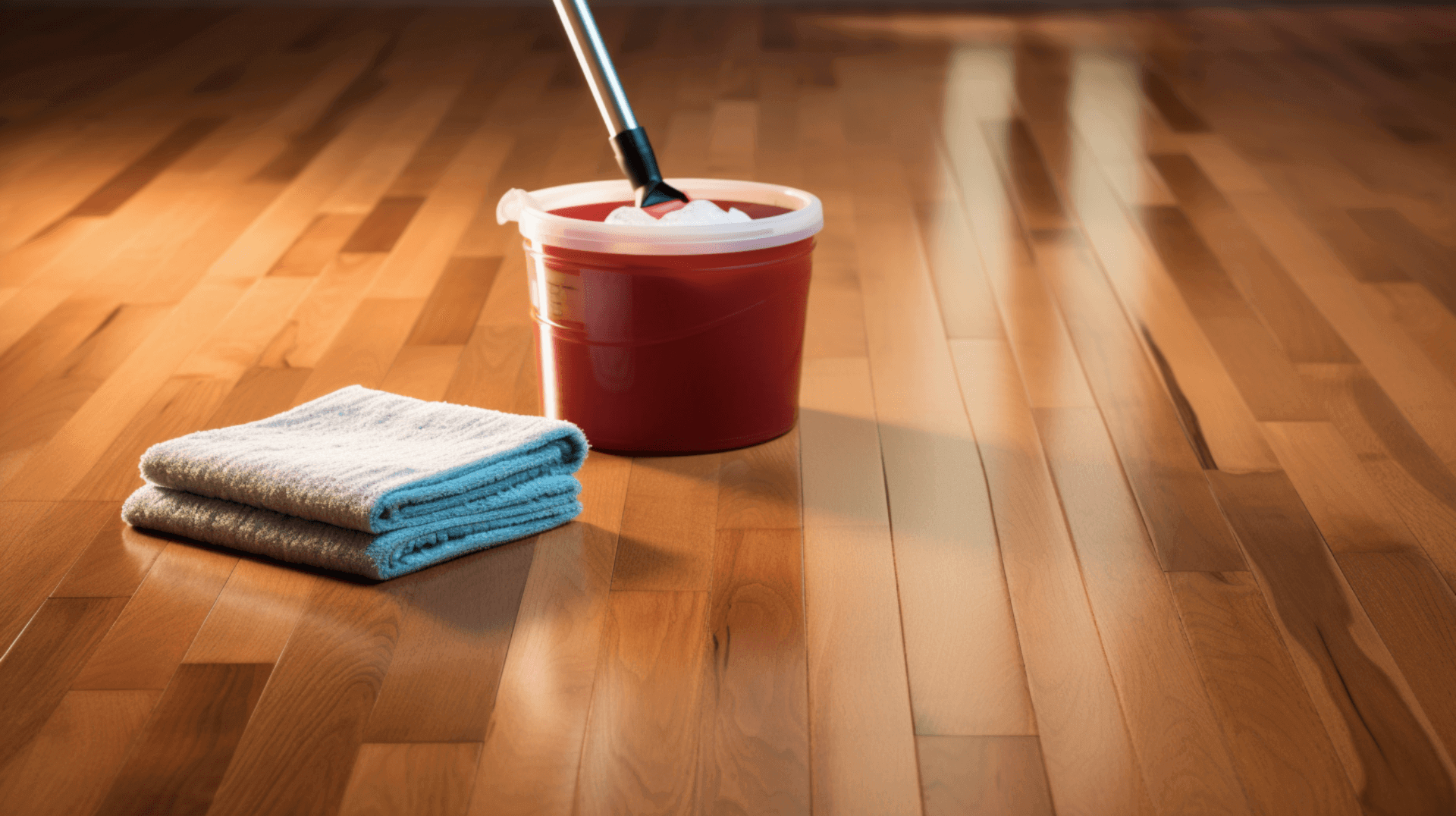
Removing old oil from an oiled floor is an essential part of maintaining its condition and extending its lifespan. Homeowners and business owners should regularly inspect their floors for signs of wear and tear, such as fading, discoloration, or cracking, to determine if reoiling is necessary. It is also crucial to check for any water or condensate pipes in the sub-floor voids, as these should be considered during the design or installation of insulation. Repairs should be conducted before reoiling the floor to ensure its integrity.
To remove old oil from the floor, the process typically involves using a chemical stripper to break down the existing oil finish. After applying the stripper, a thorough cleaning with a degreaser is necessary to eliminate any residue. Once the floor is clean, it should be allowed to dry completely before applying a new oil finish.
During this process, it is important to take precautions to ensure personal safety. Wearing protective clothing, such as gloves and a face mask, is recommended to safeguard against any fumes or chemicals. Adequate ventilation is also crucial, so working in a well-ventilated area is advised. Following the manufacturer’s instructions for the specific products being used is essential for a successful outcome.
By following these steps and taking the necessary precautions, homeowners and business owners can effectively remove old oil from their floors and prepare them for reoiling. This will help maintain the floor’s beauty and ensure its longevity.
The Importance of Professional Assistance in Maintaining an Oiled Floor

Maintaining an oiled floor is an important part of preserving its beauty and extending its lifespan. Homeowners and business owners should seek professional help for maintaining our oiled floors when we notice signs of wear and tear, such as fading, discoloration, or cracking. Professionals like GJP Floor Sanding can help in maintaining the floor by providing services such as cleaning, reoiling, and repairs.
Cleaning is an essential part of maintaining an oiled floor, as it helps to remove dirt and debris that can cause scratches. GJP Floor Sanding can provide a deep clean to remove any built-up dirt and restore the floor’s original shine. Reoiling is also important, as it helps to protect the floor from damage and wear and tear. GJP Floor Sanding can provide a professional reoiling service to ensure the floor is properly protected.
In addition, GJP Floor Sanding can provide repairs for any damage that may have occurred. This includes checking for any water or condensate pipes in the sub-floor voids and carrying out any necessary repairs before reoiling the floor. We can also inspect the floor for any signs of damage and ensure that it meets the current relevant national building regulations, such as achieving a thermal transmittance (U-value) of at least 0.25 W/mK.
By seeking professional assistance from companies like GJP Floor Sanding, homeowners and business owners can ensure that our oiled floors are properly maintained and protected. These professionals have the expertise and experience to address any issues and provide the necessary services to keep the floors in excellent condition.
Expert Tips from GJP Floor Sanding
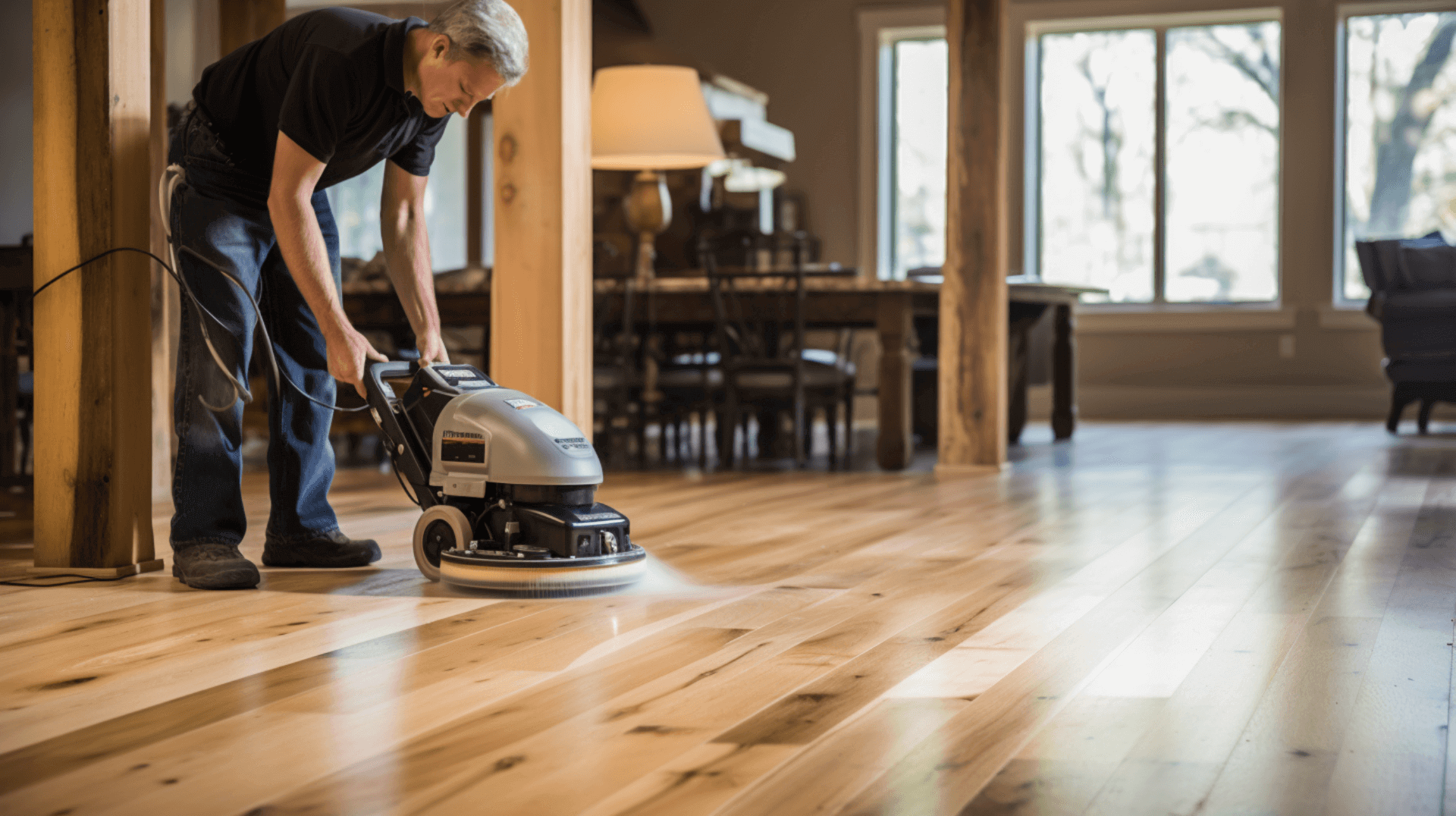
GJP Floor Sanding provides expert tips for maintaining an oiled floor that can help prolong its life. These tips include regularly inspecting the floor for signs of wear and tear, such as fading, discoloration, or cracking, and cleaning it regularly to remove dirt and debris. It is also important to check for any water or condensate pipes in the sub-floor voids and carry out any necessary repairs before reoiling the floor. Investigate all suspect timbers near actual or potential sources of dampness and any showing evidence of fungal growths. Visual inspection of all floor services for the presence of water or condensate pipes should also be conducted. Additionally, when insulating the floor, it is important to check for any water or condensate pipes, gas pipes, electrical wiring, flues, underfloor heating, and damp-proof courses.
GJP Floor Sanding recommends avoiding common mistakes such as using the wrong cleaning products, which can damage the floor’s finish, or using too much oil, which can cause the floor to become slippery. It is also important to ensure that the room climate is ideal for the floor, with a temperature between 18-22C and 40-60% relative humidity. Regularly monitoring the room climate and taking appropriate measures, such as using a dehumidifier or humidifier, can help regulate the environment and prevent issues with the oiled floor.
By following these expert tips and avoiding common mistakes, homeowners and business owners can effectively maintain our oiled floors and ensure our longevity and beauty. Seeking professional assistance from companies like GJP Floor Sanding can provide additional guidance and support in maintaining oiled floors.
Contact GJP Floor Sanding for Your Oiled Floor Maintenance Needs
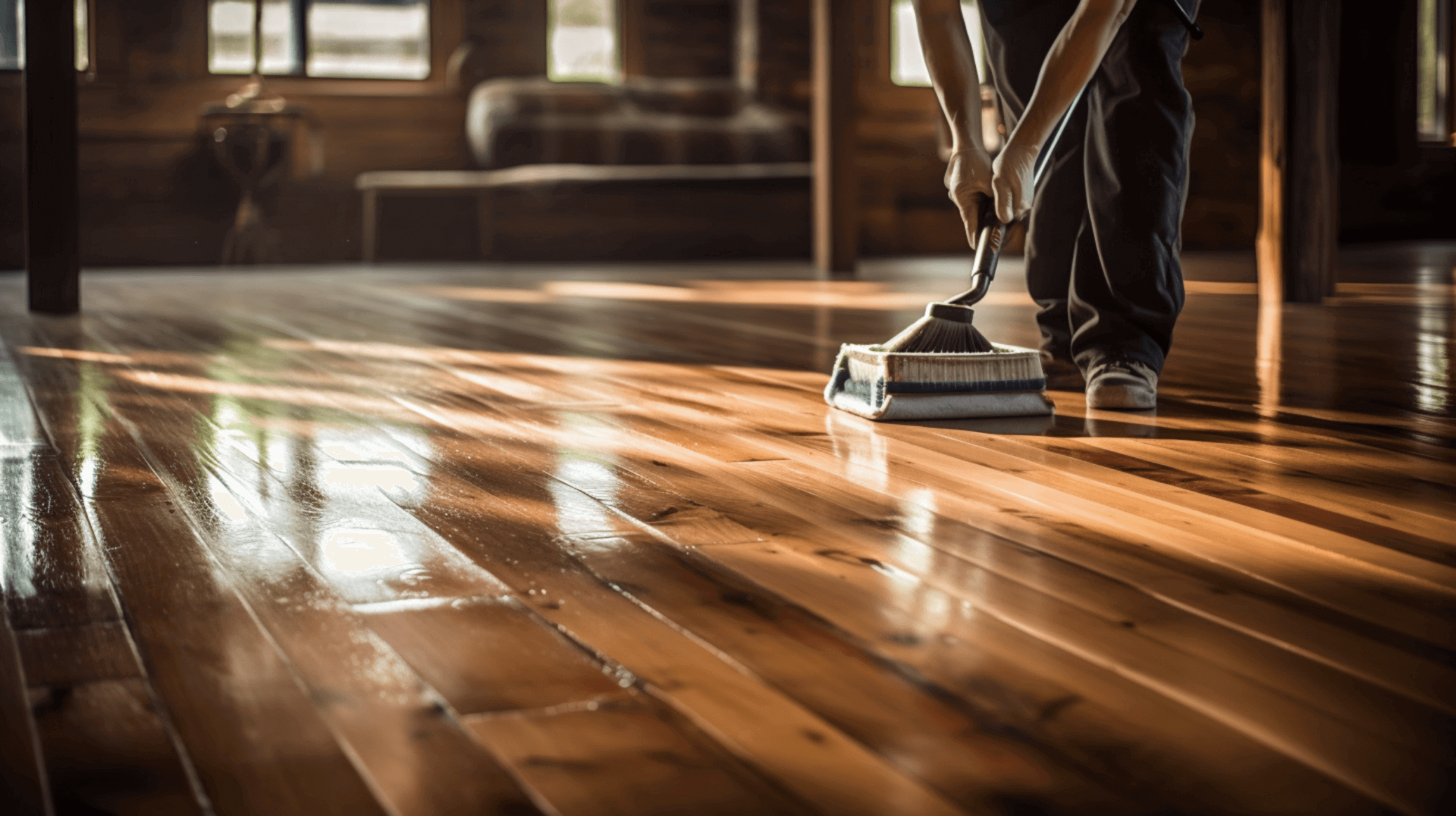
Maintaining an oiled floor requires professional assistance to ensure its longevity and proper care. GJP Floor Sanding is the ideal choice for homeowners and business owners seeking professional help in maintaining our oiled floors. We offer a comprehensive range of services, including cleaning, reoiling, repairs, and expert advice.
GJP Floor Sanding goes beyond the basic maintenance tasks and provides additional services to ensure the floor’s integrity. We specialize in checking for water or condensate pipes in the sub-floor voids and inspecting the presence of vents or grilles for adequate ventilation. We can also measure the moisture content of the timbers to prevent rot and decay. By conducting thorough inspections and addressing any issues, GJP Floor Sanding ensures that the floor is properly prepared for maintenance and extends its lifespan.
In addition to our expertise in floor maintenance, GJP Floor Sanding provides expert advice and guidance to help homeowners and business owners maintain our oiled floors. We can provide tips on how to inspect the floor for signs of wear and tear, such as fading, discoloration, or cracking. We also offer recommendations on cleaning methods and products to remove dirt and debris without damaging the floor’s finish. By following our expert advice, individuals can effectively maintain our oiled floors and ensure our longevity.
By choosing GJP Floor Sanding for oiled floor maintenance, homeowners and business owners can benefit from our extensive knowledge, professional service, and commitment to customer satisfaction. We have the expertise to address various maintenance needs, provide valuable advice, and conduct thorough inspections to ensure the floor’s beauty and longevity. Contact GJP Floor Sanding today to ensure your oiled floors receive the best care possible.
